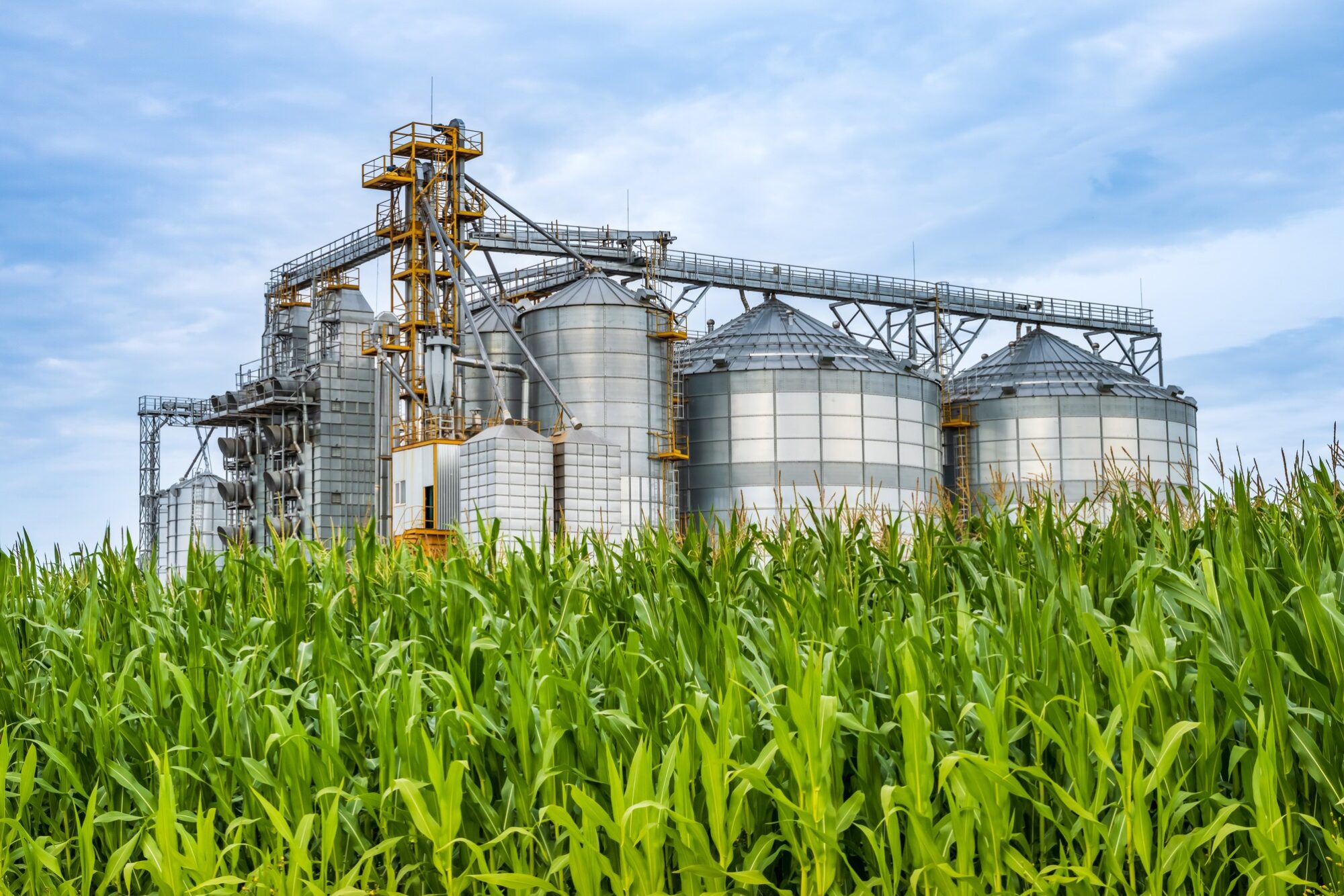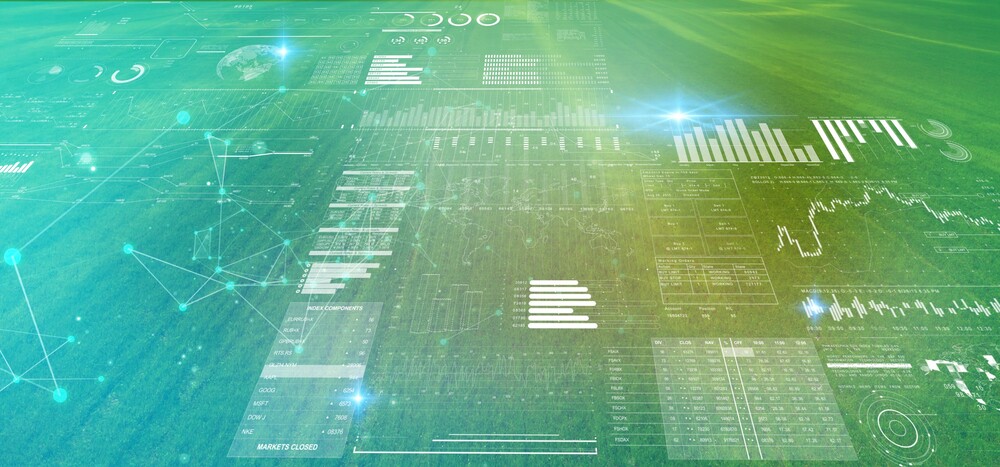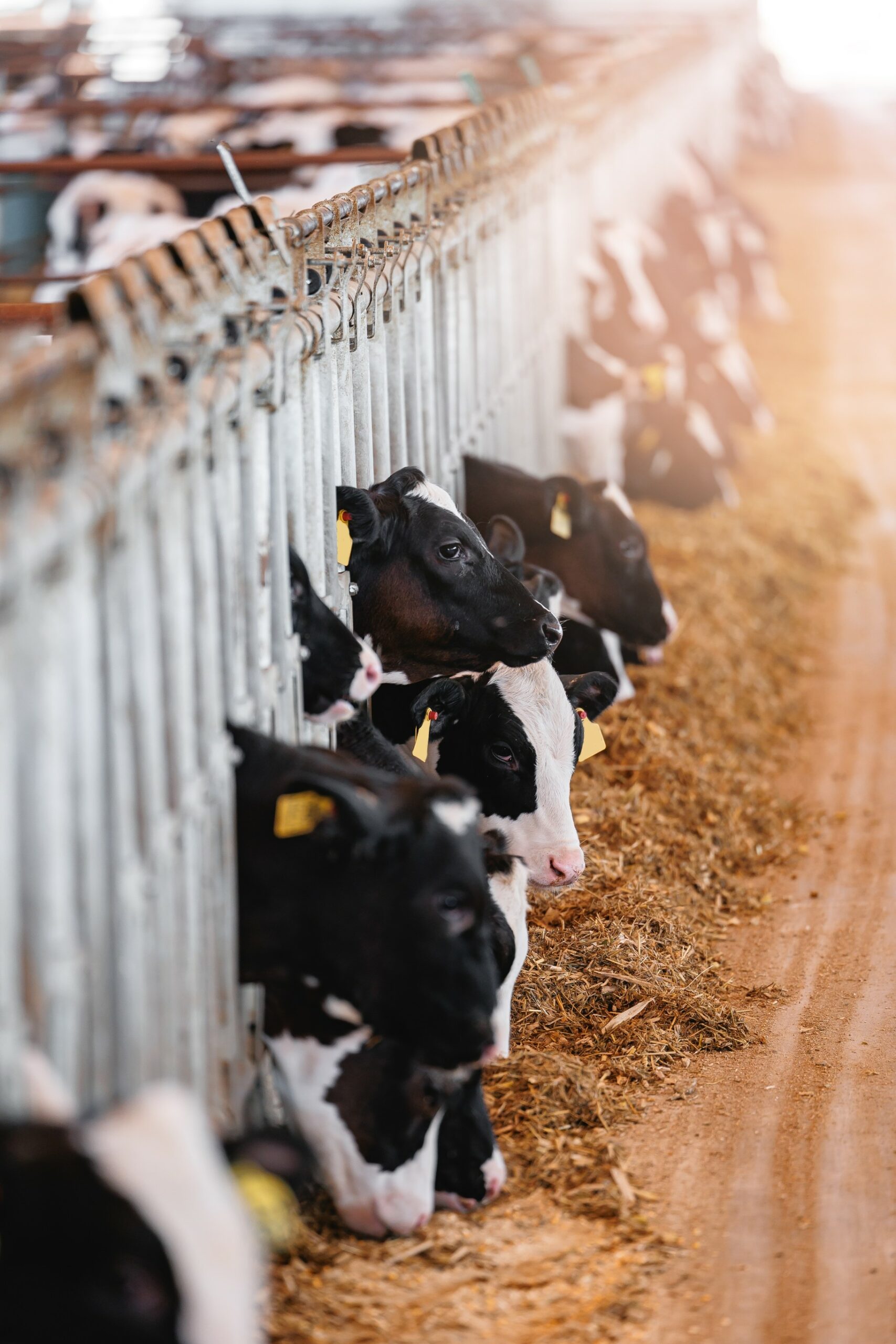Sustainability targets set by food and retail companies are driving the need for accurate data and metrics. But it’s not just about meeting corporate needs, as Jim Flambert explains.
Farming is going through a historic shift in focus from all-out production agriculture to environmentally responsible and sustainable practice. For many farms this is a challenging time – and not just because of the input cost squeeze.
The green shoots of this change are being evidenced by a new emphasis among forward-thinking agrifood businesses that have set ambitious and challenging environmental sustainability goals. Inevitably, this has meant these corporates are having to get much closer to their farmer suppliers and understand how those farms operate.
This is not always straightforward. Farmers are, understandably, very protective about their businesses and often see being asked to share information (data) up or down the supply chain as something of an imposition.
Data sharing is going to become the norm. Farming represents approximately 0.5% of GDP in the UK, and yet accounts for 10% of our carbon emissions. Agriculture in the UK (and around the world) is going to need to be much more accountable.
It’s no surprise, therefore, that we are developing an increasing portfolio of those corporate customers who are leading the charge in this space by working proactively with growers. The key here is shared knowledge so that both the agrifood business and the farmer can realise the benefits.
Our approach involves generating a baseline for a farm in terms of its greenhouse gas (GHG) emissions, or sustainability practices (for example regenerative approaches), or biodiversity measures. To do this we ask farmers to complete a survey which can take anything from two to four hours to complete if everything has to be entered manually.
This is not exactly what a hard-pressed farmer wants to hear which is why our focus has been to explore ways to streamline the process by making use of data farmers may already have in other systems.
By linking our survey with a farmer’s farm management records, for example Muddy Boots or Gatekeeper, we can pre-populate it and verify that data so a grower only has to check it through and fill in the gaps. That can save as much as 60-70% of the completion time.
We have also built direct data links to carbon calculator tools, such as Cool Farm Tool, which means the data can be processed automatically and, where needed, reprocessed in the event the tool updates its models and calculations.
This enables us to generate dashboards in our Farm Metrics software for the growers and our agrifood clients. These can range from some headline numbers around emissions factors to nitrogen usage efficiency and farmer benchmarking with anonymised peers through to more detailed metrics around organic and inorganic fertiliser use, pesticide applications, yields, protein or oil content, and measures around biodiversity and practice adoption.
While the initial driver might be to enable a food manufacturer or retailer to have the metrics they need to establish their net zero progress, there are plenty of good reasons why farmers should want to engage and set aside that relatively small amount of time.
First is the simple fact that if you don’t measure it, you can’t manage it. We are seeing a shift away from chasing yield to targeting profitability. But profitability is made up of a number of dynamics from inputs usage and energy consumption to improved farming practices such as increased soil organic matter, tree and hedgerow planting, and sustainable tillage practices which can improve input use efficiency, water retention, and soil health, all of which drive that bottom line. The rise in the regen story is intrinsically linked to GHG emissions and farmers who are doing this well are, quite simply, becoming more profitable.
There are other benefits too such as payment of premiums for crops produced in a certain way, very often the adoption of regenerative farming techniques.
For us, this is not about generating carbon credits, it’s about farming better. The rewards in better efficiencies, coupled with premium payments are, in reality, more tangible and less risky than selling credits in an unregulated and immature market.
We are working on some exciting developments too. Satellite imagery is the next data layer we are starting to use to help verify tillage practices, crop types and areas, on which farmers may be receiving premium payments.
But we do have to be sensitive to the farmer’s realities. Trying to get engagement in the middle of drilling, or a busy spring crop protection campaign is not realistic. And we have to ensure that we are acting responsibly when it comes to the use of their data, providing assurances on where the data will be used, by whom and to what purpose.
The progress is, however, encouraging…and necessary. In years to come we will need to be generating these metrics every year, not just a once-in-five-year snapshot, because the seasonal variability in farming is so great, and because there will be a growing need for higher resolution and increasingly accurate data.
Eventually, we may well need a central database of farm emissions so they can be correctly allocated across the supply chain, to ensure the allocations are fair and representative and avoid double counting. But that’s one for another day.


